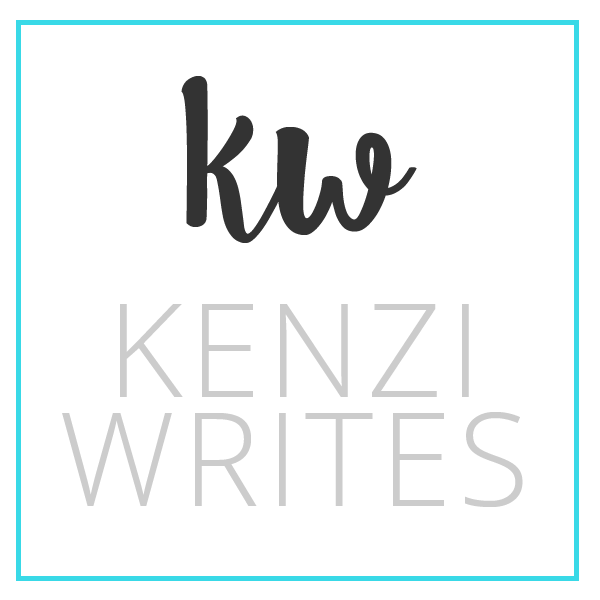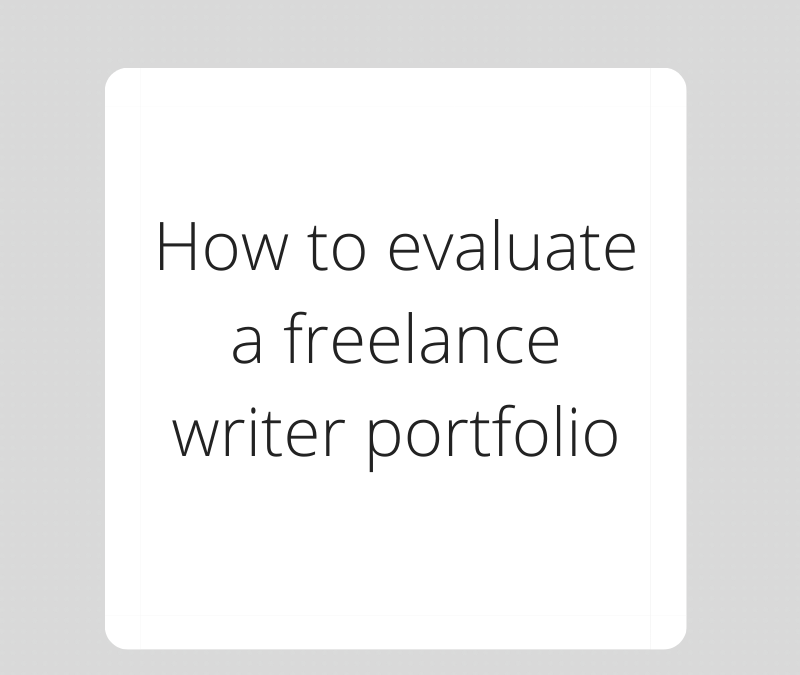You probably know by now that having a solid content marketing plan is a crucial part of running a successful business these days. Especially as your customers are staying home and shopping way more online.
Maybe you’ve already started a blog, or maybe you don’t even know where to begin. Either way, you’ve discovered that creating content and consistently delivering on that content is downright time-consuming.
The thing is, as a business owner, your days are already filled with a million other things that need to get done.
So how do you get stuff done without doing it yourself?
Welp, it sounds like it’s time to outsource and hire a freelance writer.
As you begin your search, you’ll find that there are a lot of options out there. With so many freelancers (over 57 million in the US alone), it can feel overwhelming trying to choose the right one. After all, you don’t want to saddle yourself with a bad apple.
How do you separate the so-so freelancers from the truly great ones?
Always look at a writer’s portfolio. That’s the best way to see if a writer’s voice matches yours, if they’re legitimate, and if they really know your niche.
Here are a few things to look for in a freelance writer’s portfolio. Use these guidelines to avoid icky red flags and hire the best writer for your brand.

1. Timeliness
A portfolio should include pieces that are fairly current. A good rule of thumb is to look for samples from the last year (two, at the absolute most). Most freelance writers will update their portfolios on a regular basis.
That’s not to say you should discount someone if they happen to have a few older samples! Links to older published works are fine as long as they also have some newer pieces.
If they don’t have specific dates, that’s okay, too. You just want to make sure the freelance writer has recent experience in your niche.
Here’s a good example: if you’re in the music business and the writer’s most recent work is about how CDs are revolutionizing the industry, that should be a hard pass.

2. Relevance
Let’s say you’re in the market for a blog writer. But when you visit their portfolio, it’s nothing but whitepapers. That’s not a deal-breaker by itself, but you ideally want to see the writer’s most relevant work for your project.
You should seek out experts not only in your business’s niche, but in the type of content you want to produce.
It’s true that this will limit your candidate pool, but that’s okay! Generalist freelance writers are out there, and many of them do a great job. But, as a business, you want a freelancer with very specific experience in your industry. They’re just going to provide better service, faster turnaround times, and higher-quality content than generalists. Experienced writers will spend way less time Googling about your industry if they’re already familiar with the subject.
Keep in mind that you don’t need to get too specific. An experienced writer in your industry will be able to research and write compelling pieces on a number of different topics within your niche.

3. Voice
Read the writer’s samples and look at their tone. A good writer will be adaptable, especially if you provide an editorial guide, but you still want to make sure that their writing is engaging—yes, even for topics that are a little more on the “dry” side. I once had to write about gastroenterology—the client loved it, but I confess I had to take a few naps to write that one.
The freelance writer portfolio will showcase pieces in the writer’s voice. Keep in mind that ghostwriters can’t usually share their ghostwritten work because of NDAs. You may not be able to evaluate their exact client work for that reason.
Even then, the content should be enjoyable to read and there should be some personality to the writing.
Seriously, don’t underestimate the value of a great personality!

4. Look beyond the portfolio
I know, I know. This guide is supposed to be about evaluating a freelancer writer’s portfolio.
But even when a freelance writer provides a well-established portfolio, it can also be helpful to take a peek at some of their other work.
Check out their website to see if they have a blog of their own. Peruse their LinkedIn profile to see if they’ve written any interesting articles or social media posts. A simple Google search will highlight anything they’ve written elsewhere, like Medium or for clients.
Taking a quick look at some of this other content will help you evaluate what their work looks like in other contexts.

5. RUN if you see red flags
A freelancer’s portfolio should help you spot any potential deal-breakers. Here are a few of my immediate “nope” indicators.
First let’s start with the obvious: spelling and grammar.
You can overlook an error or two if everything else is perfect—and I do mean perfect—but keep in mind that they should be presenting some of their highest quality work. If it’s riddled with spelling errors and weird grammar, you don’t want that person writing your content.
Next, look for consistency. Is the sentence structure consistent? Does the style make sense, or does it jump between being really casual and super formal? Is the blog layout skimmable and easy on the eyes? No one wants to read a blog that looks like an essay for English 101.
You should also consider if the portfolio is, well, real. It’s a scary thing, but some freelancers will actually steal or pay other freelancers to write their portfolio.
I know. It’s bizarre. And you’ll obviously find out they were lying once the writer delivers a really, really bad blog. But people do it. That’s why it’s important to vet a freelancer carefully with outside Google searches, just to be on the safe side. Find them on social media and make sure their tone there matches (somewhat) to their portfolio.
Oh, and another red flag is if they don’t have a portfolio at all. Honestly, even a newbie should have some samples to showcase.
They may not be “published” samples, but they should be able to provide you with a few pieces that demonstrate their style of writing. Without reading at least some content that they’ve written, you have no way of knowing if their voice or style is a good fit for your brand.

The Bottom Line
There are a lot of things to consider when you set out to hire your first freelance writer. But by keeping these things in mind as you begin your search, you can narrow down your options to a handful of highly qualified candidates you’ll be excited to work with!

